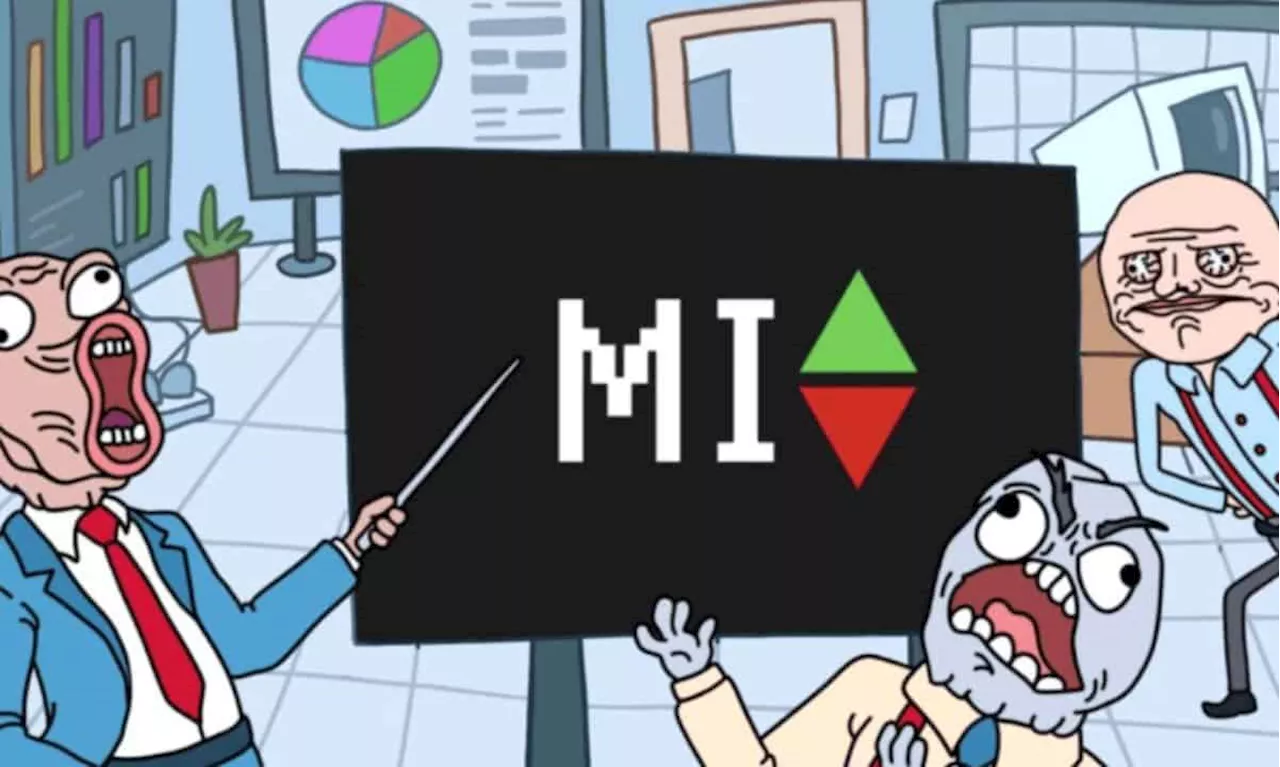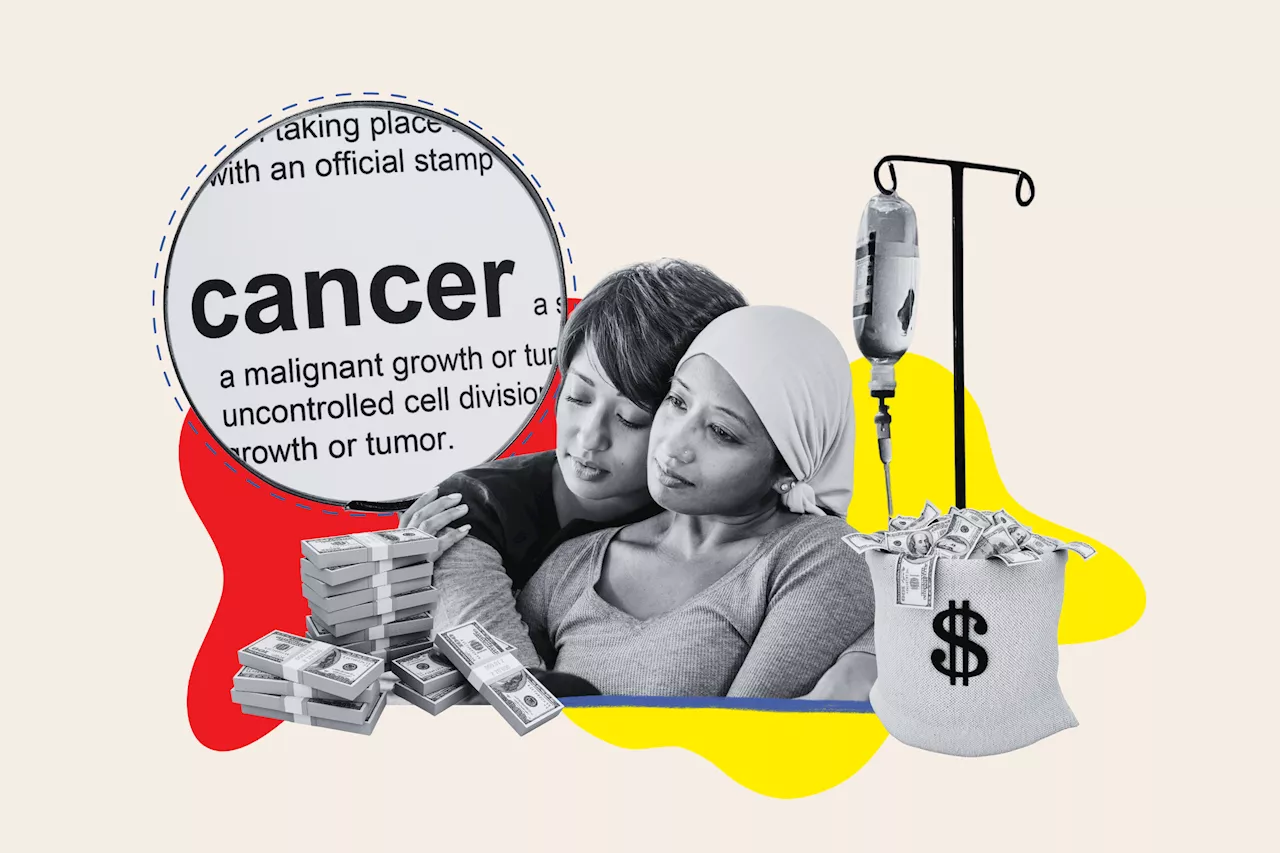This article delves into the economic consequences of meme coins, arguing that while they generate profits for some, they ultimately detract from societal wealth and productivity. It explores the concept of unproductive capital allocation and its negative impact on long-term economic growth.
Coin, and the aptly named Shit Coin, create wealth. While they have made sizable profits for countless coin issuers and traders, the amount of dollars in the financial system remains unchanged.More importantly and not advertised by the pro-crypto bandwagon, our potential national wealth suffers as the valuations of most cryptocurrencies grow.
Instead of focusing on the glamor of instant millionaires that meme coins create, we take a different direction: their impact on the economy and the citizens’ aggregate wealth. Before expanding on those thoughts, we share a quote from John Authers of Bloomberg concerning meme coins:\We start this discussion with some context to the amount of capital tied up in meme coins and the broader cryptocurrency markets. The table below, courtesy of CoinGecko, shows the ten largest cryptocurrencies by market cap. The second graph from TradingView estimates the total value of all cryptocurrencies is roughly $3.5 trillion. The following table, courtesy of CoinGecko, shows the top meme coins and their respective market caps. They sum up to nearly $90 billion.Cryptocurrencies fall into four broad categories. Some cryptocurrencies, such as meme coins, have absolutely no value. However, some do serve a purpose. To help better appreciate the differences among these currencies, we share the following descriptions courtesy of the Corporate Finance Institute: \ **Payment Cryptocurrencies:** perhaps the most famous cryptocurrency, was the first successful example of a digital payment cryptocurrency. The purpose of a payment cryptocurrency, as the name implies, is not only as a medium of exchange but also as a purely peer-to-peer electronic cash to facilitate transactions.\ **Store of Value Cryptocurrencies:** are designed to provide a store of value. They maintain their value because while they are built on a blockchain, this type of cryptocurrency can be exchanged for one or more fiat currencies. So stablecoins are actually pegged to a physical currency, most commonly the US dollar or the–\**Central Bank Digital Currencies:** CBDCs are issued by central banks in token form or with an electronic record associated with the currency and pegged to the domestic currency of the issuing country or region.\**Tokens:** Meme coins are a subset of the token category. These coins are often inspired by jokes, social media fads, or, as the name implies, memes.A meme coin is a cryptocurrency that originated from an Internet meme or has some other humorous characteristic. The term is sometimes used interchangeably with the term shitcoin, which typically refers to a cryptocurrency with little to no value, authenticity, or utility.As we wrote in the prior section and Wikipedia affirms, meme coinsAssigning they have zero value is complimentary. Meme coins reduce wealth from society in aggregate. We think they have negative inherent value.are transferred into the crypto markets to buy crypto assets and sometimes transferred out upon selling. As noted earlier, about $3.5 trillion is currently in the crypto markets. The capital or “wealth” tied up in meme coins is money not being used for other purposes. Those purposes entail many things, from gambling or vacations to productive investment or charity and billions of other productive and unproductive uses.ratio multiple times, proving that aggregate debt has been unproductive. That is not debatable. If debt in aggregate were productive, the ratio would decline, regardless of how much debt was employed. For example, the graph below shows the dollar amount of GDP growth for five-year periods and the corresponding dollar of debt growth. Today, each new dollar of public and private debt buys 14 cents worth of growth. Before 1981, each dollar of debt resulted in more than a dollar of GDP growth. Unproductive debt isn’t the only culprit behind slowing productivity growth. The misallocation of capital via meme coins has the same undesirable effect.Productivity measures the leverage an economy can generate from its two primary inputs: labor and capital. Without productivity, the economic growth rate relies solely on the growth of the two primary inputs. The limited nature of labor and capital naturally leads to declining growth rates over long periods of society neglects productivityLeveraging labor and capital through productivity provides dynamism to an economy. Unfortunately, productivity requires work, time, investment, and sacrifice. It’s a function of countless factors, including innovation, education, government policies, and financial incentives. The more effectively or productively we use our resources, the more economic growth per unit of resource can be attained. Thus, more wealth per capita can be generated. Like unproductive debt, when a dollar is used to purchase a meme coin or other cryptocurrency, that is a dollar not used for productive means. Consequently, the $90 billion tied up in meme coins is not being invested into cancer research, job training, education, or AI innovation, to name a few productive use
Meme Coins Cryptocurrency National Wealth Productivity Economic Impact Unproductive Debt Capital Allocation
United States Latest News, United States Headlines
Similar News:You can also read news stories similar to this one that we have collected from other news sources.
 Meme Index: Revolutionizing Meme Coin Trading with Diversification and Decentralized GovernanceMeme Index offers a unique solution to the volatility of meme coins through diversification and community-driven governance. MEMEX, the native token, empowers holders to shape the platform's future and earn impressive yields.
Meme Index: Revolutionizing Meme Coin Trading with Diversification and Decentralized GovernanceMeme Index offers a unique solution to the volatility of meme coins through diversification and community-driven governance. MEMEX, the native token, empowers holders to shape the platform's future and earn impressive yields.
Read more »
 Meme Index: Curating the Wild World of Meme CoinsMeme Index is a revolutionary project that brings structure and transparency to the often-chaotic world of meme coins. Through curated indexes and community governance, Meme Index offers a safer and more predictable way to invest in this exciting asset class.
Meme Index: Curating the Wild World of Meme CoinsMeme Index is a revolutionary project that brings structure and transparency to the often-chaotic world of meme coins. Through curated indexes and community governance, Meme Index offers a safer and more predictable way to invest in this exciting asset class.
Read more »
 Heartbreaking Tales of Infidelity: Anonymous Reddit Accounts Reveal the True Cost of BetrayalA collection of anonymous Reddit posts exposes the raw pain and devastation caused by infidelity, offering a glimpse into the emotional turmoil and lasting impact on individuals and families.
Heartbreaking Tales of Infidelity: Anonymous Reddit Accounts Reveal the True Cost of BetrayalA collection of anonymous Reddit posts exposes the raw pain and devastation caused by infidelity, offering a glimpse into the emotional turmoil and lasting impact on individuals and families.
Read more »
 TikTok Ban: Beyond the Viral Videos, the True Cost for WomenThe Supreme Court's hearing on a potential TikTok ban raises more than just concerns about losing a popular social media platform. It also highlights the platform's significant impact on women's economic empowerment and social discourse, while simultaneously raising questions about its influence on female identity and mental health.
TikTok Ban: Beyond the Viral Videos, the True Cost for WomenThe Supreme Court's hearing on a potential TikTok ban raises more than just concerns about losing a popular social media platform. It also highlights the platform's significant impact on women's economic empowerment and social discourse, while simultaneously raising questions about its influence on female identity and mental health.
Read more »
 The True Cost of Love: How Much Do Americans Spend on Relationships?A recent study reveals the average American spends thousands of dollars annually on their relationships, with most costs going towards dates, activities, and gifts. While financial stress over relationship expenses is common, the survey suggests that shared experiences contribute to higher relationship satisfaction.
The True Cost of Love: How Much Do Americans Spend on Relationships?A recent study reveals the average American spends thousands of dollars annually on their relationships, with most costs going towards dates, activities, and gifts. While financial stress over relationship expenses is common, the survey suggests that shared experiences contribute to higher relationship satisfaction.
Read more »
 The True Cost of Cancer: Why Treatment is Becoming Increasingly ExpensiveA recent report from the American Cancer Society highlights the growing financial burden of cancer for both patients and the healthcare system. The report reveals that the cost of cancer treatment continues to rise, exceeding estimations and placing a significant strain on individuals, families, and hospitals.
The True Cost of Cancer: Why Treatment is Becoming Increasingly ExpensiveA recent report from the American Cancer Society highlights the growing financial burden of cancer for both patients and the healthcare system. The report reveals that the cost of cancer treatment continues to rise, exceeding estimations and placing a significant strain on individuals, families, and hospitals.
Read more »
